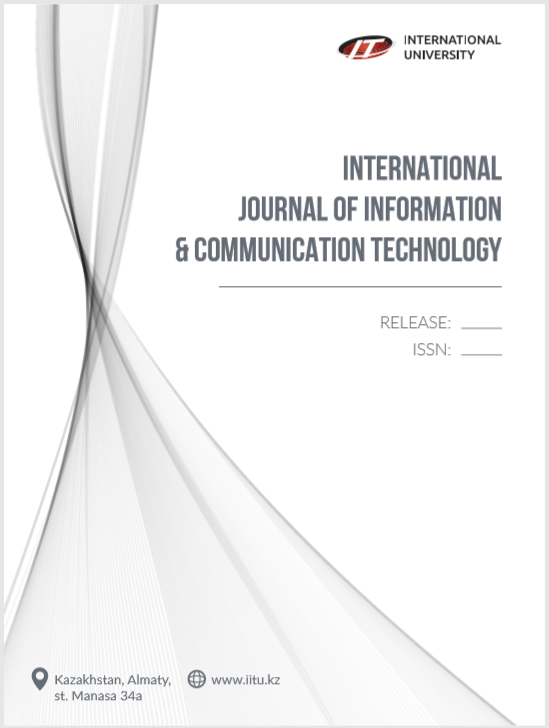COMPARATIVE ANALYSIS OF DEEP LEARNING METHODS FOR PNEUMONIA DETECTION ON X-RAY IMAGES
DOI:
https://doi.org/10.54309/IJICT.2022.12.4.006Keywords:
Convolutional Neural Networks, Pneumonia detection, medical imaging VGG Net and ResNetAbstract
Pneumonia is a potentially fatal bacterial illness that affects one or both
lungs in humans and is frequently caused by the bacterium Streptococcus pneumoniae.
According to the World Health Organization, pneumonia accounts for one in every
three fatalities in India (WHO). Expert radiotherapists must evaluate chest X-rays
used to diagnose pneumonia. Thus, establishing an autonomous method for identifying
pneumonia would be advantageous for treating the condition as soon as possible,
especially in distant places. Convolutional Neural Networks (CNNs) have received
a lot of interest for illness categorization due to the effectiveness of deep learning
algorithms in evaluating medical imagery. Furthermore, features gained by pre-trained
CNN models on large-scale datasets of X-ray pictures are extremely effective in image
classification tasks. Several Convolutional Neural Networks were seen to categorize
x-ray pictures into two groups, pneumonia and non-pneumonia, using various parameters,
hyperparameters, and number of convolutional layers modified by the authors. The
study analyzes six different models. The first and second models each include two and
three convolutional layers. VGG16, VGG19, ResNet50 and Inception-v3 are the other
four pre-trained models.
Downloads
Downloads
Published
How to Cite
Issue
Section
License
Copyright (c) 2022 INTERNATIONAL JOURNAL OF INFORMATION AND COMMUNICATION TECHNOLOGIES

This work is licensed under a Creative Commons Attribution-NonCommercial-NoDerivatives 4.0 International License.
https://creativecommons.org/licenses/by-nc-nd/3.0/deed.en


